Full Mouth Dental Implants

If all your teeth are missing or damaged, full mouth teeth implants are the best possible solution for you. Before the discovery of dental implants, people who lost all their teeth had no other options except dentures. But implants allow you to replace a full jaw and the end result is permanent, stable and perfectly aesthetic. In general, the extent of your condition is determined through panoramic X-Ray and a CBCT or a “CAT” scan in some cases. After that, the number of visits required and the treatment procedure is completely dependent on your specific conditions. The first step is placing the implants to replace lost tooth roots and during this phase temporary tooth might be attached to ensure that you can eat and function normally. Once your new teeth are in place, it would be nearly impossible to tell them apart from natural teeth.
Recently, a new technique is in practice at Dixit dental care where soon after full mouth implants are done, immediately a fixed set of teeth are given which was not the case earlier. Even in clinical situations where there is deficient bone, it is possible now a days to opt for recent and most promising procedures like graftless solutions using TILT and long implants like the pterygoid and Zygoma implants.
When do you ned a Full Mouth Dental Implant?
Full mouth teeth implants have been around for quite some time now and have emerged as a fantastic solution for missing tooth or replacing a tooth that needs extraction. Dentists nowadays will mostly suggest dental implants if you have a tooth or two missing and also if you lose all of them. The main reasons as to why full mouth teeth implants are carried out are:
- Stable and Comfortable – Implants connect directly to the jaw bone through a process known as osseointegration and thus allows for considerable stability and safety. Dentures, alternatively, connect to the framework using metal clasps that attach to the teeth.
- Permanent Solution – The implants are directly connected to your jawbone by the dentist. The crowns are then connected to each other and that concludes the process. You can enjoy a fully secure, perfectly natural looking set of teeth.
- Low Maintenance – Full mouth teeth implant is often described as an oral health solution that is set and forgotten permanently. There is minimal need for removal of dental implants for cleaning, maintenance or repair. However, Methods to take care of natural teeth are enough to keep the implant and prosthesis healthy.
Call Us
080 55440120
OR
Book an Appointment
Case 1
BEFORE
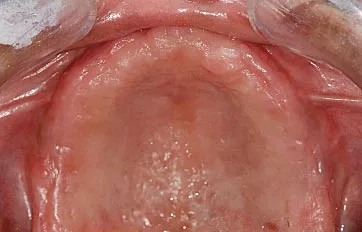
AFTER
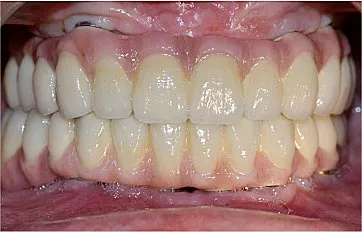
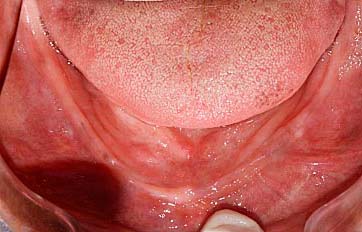
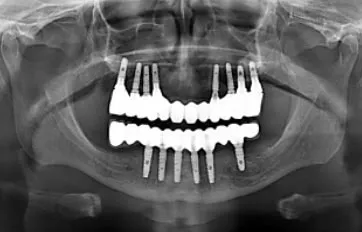
” Patient reported with periodontally compromised mobile teeth with poor chewing efficiency. 8 implants in upper and 6 in lower were placed and ceramic bridges were made so that patient could function well with it. “
Case 2
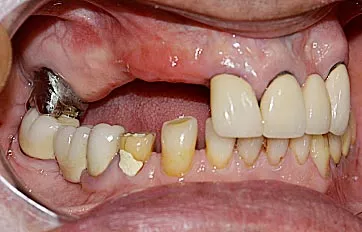

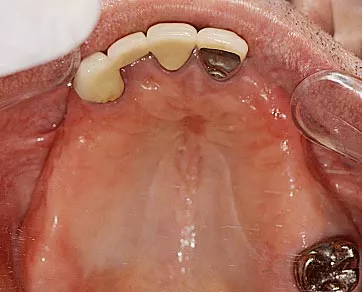
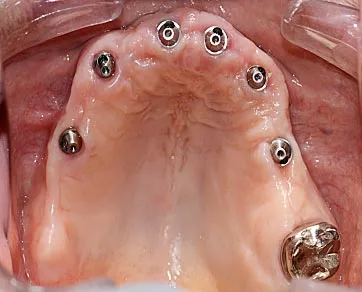
AFTER
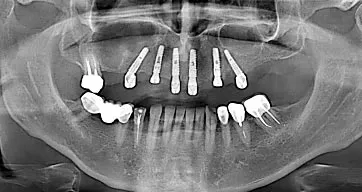

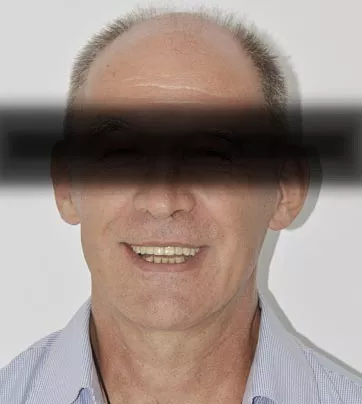
” Patient reported to our clinic with missing teeth in the upper arch, unable to chew food. 6 implants were placed in maxillary arch and fixed ceramic bridge was fabricated upon it. The patient could chew on almost every food. “
Case 3
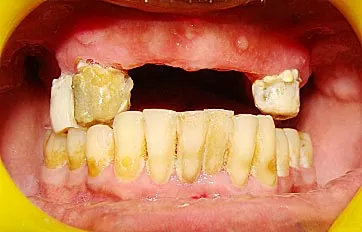

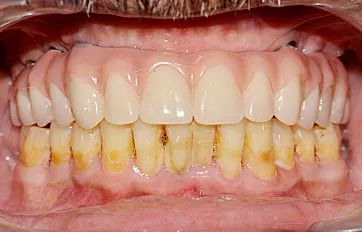
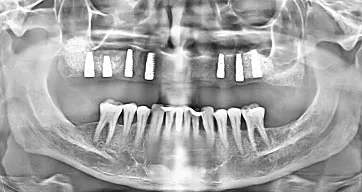
Full Mouth Dental Implants – Procedure
First, the implants, which look like screws or cylinders, are placed into the jaw. Then, over a period of three to four months, the implant and bone are allowed to bond together through the process of osseointegration to form anchors for your artificial teeth. During this process, a temporary teeth attachment can be worn over the implant sites for convenience.
The connecting device that will hold your new teeth can be tightened down on the implant but that depends on the number of implants placed. It can also be clipped to a bar or a roll around ball anchor to which a denture snap on and off. Finally, full bridges and dentures are created and attached to metal posts, called abutments or the connecting device.
Recently concept of immediate loading is picking up because of better understanding of biological and mechanical principles. We at Dixit Dental Care strive to give immediate teeth soon after Full mouth implants are done, a protocol which requires extensive training, understanding and experience in execution of the procedure.
There exist some systems called one-stage implants that do not require the second step as it comes with the extension piece already attached to it. You will be advised by your dentist about which system is the best for you.
Secondly, implants are uncovered, and extensions are connected. Temporary healing caps along with different connecting devices that allow multiple crowns to attach to the implants, complete the foundation for your new teeth.
Full Mouth Dental Implants - Post Recovery Instructions
The process of full mouth teeth implant includes osseointegration i.e. the process of an implant bonding with the jaw bones. The time needed for the bone to fuse with the implant, unfortunately, can’t be sped up. The process normally takes anywhere from 3 to 4 months to complete. During this period, it is advisable to use temporary teeth attachments for convenience as well as to protect the implants to promote the quickest heal time possible. After the implant bonds with your bone, everything is simple – you just require a tooth to be attached and you can start chewing and smiling confidently in no time.
